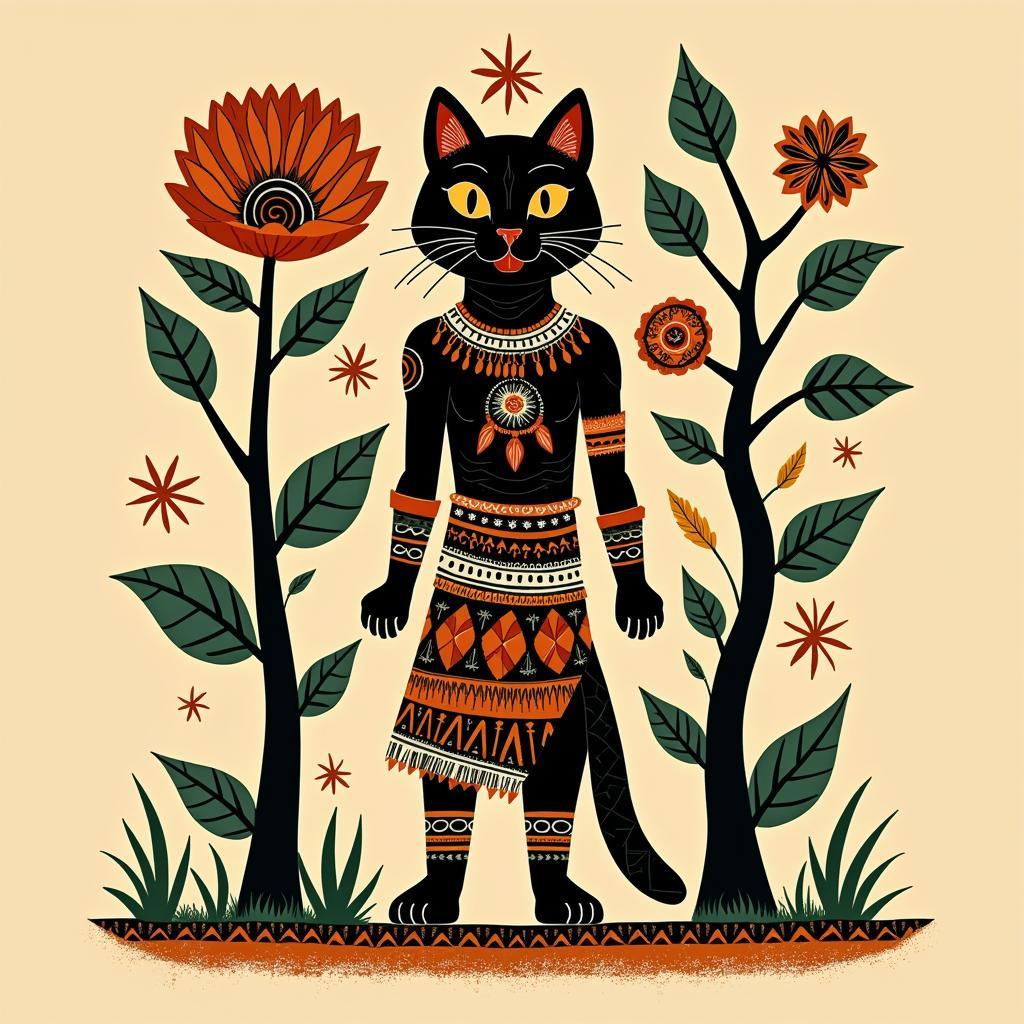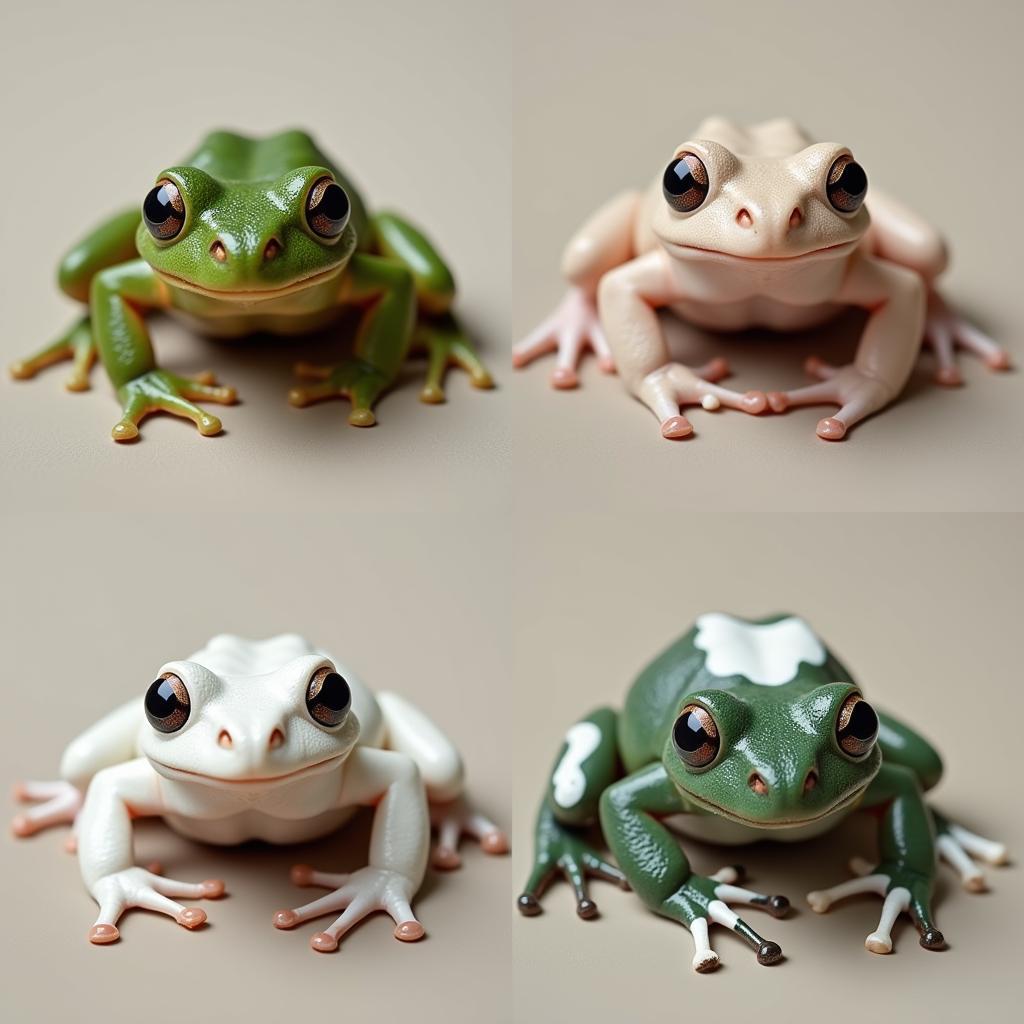African Cattle: A Cornerstone of Culture and Livelihood
African Cattle represent far more than just livestock; they are a cornerstone of many cultures and economies across the continent. From the arid Sahel to the fertile highlands of East Africa, these animals play a crucial role in the lives of millions, shaping traditions, influencing social structures, and providing sustenance.
African cattle have adapted to thrive in diverse environments, from the hardy Ankole-Watusi with its impressive horns to the smaller, more agile N’Dama known for its resistance to trypanosomiasis, also known as African cattle sleeping sickness. This adaptability is a testament to centuries of careful breeding and management by pastoralist communities who have developed a deep understanding of their animals’ needs. These communities have a unique relationship with their cattle, often viewing them as a symbol of wealth, status, and prestige. The intricate cultural practices surrounding cattle ownership, including ceremonies, rituals, and even specific vocabulary, highlight the profound connection between people and their animals.
The Cultural Significance of African Cattle
Across numerous African societies, cattle are integral to social customs and traditions. They are frequently used in dowry payments, signifying the importance of family ties and social bonds. Furthermore, cattle often play a central role in religious ceremonies and spiritual beliefs. For some communities, the slaughter of an ox marks important life events such as births, marriages, and funerals.
The value of cattle extends beyond their economic worth. They represent a living legacy passed down through generations, embodying a connection to ancestral lands and traditions. The oral histories and songs of many African cultures are filled with tales of cattle raids, heroic herders, and the enduring relationship between humans and these remarkable animals.
African Cattle and Economic Livelihood
African cattle are a crucial economic resource, particularly in rural communities. They provide a source of milk, meat, and hides, which are essential for daily sustenance and trade. Cattle manure is also used as fertilizer, enriching the soil and contributing to agricultural productivity. The economic value of cattle often determines an individual’s or family’s standing within the community, influencing access to resources and social mobility.
In some regions, cattle are used as draught animals, assisting with agricultural tasks such as plowing and transporting goods. This further underscores their versatility and contribution to the overall economic well-being of communities. The challenges faced by African cattle farmers, such as drought, disease, and market fluctuations, can have a significant impact on livelihoods, underscoring the need for sustainable management practices and support systems. You can read more about the impact of African cattle sleeping sickness on livelihoods at african cattle sleeping sickness sanofi.
Breeds of African Cattle
The African continent is home to a diverse range of cattle breeds, each adapted to specific environmental conditions and cultural practices. The Sanga cattle, known for their large humps and heat tolerance, are common in East and Southern Africa. The african bhaisi , or water buffalo, plays an essential role in West Africa. The N’Dama, resistant to african cattle sleeping sickness, is found in West and Central Africa. Each breed reflects the unique interplay between human intervention and natural selection, shaping the genetic landscape of African cattle.
Learning about the different breeds allows for a deeper appreciation of the complex tapestry of African cattle husbandry. This diversity is vital for maintaining genetic resilience and ensuring the continued contribution of these animals to the continent’s cultural and economic landscape. You can find more information on african cattle sleeping.
Conclusion
African cattle are far more than just agricultural assets; they represent a rich cultural heritage, a vital economic resource, and a symbol of resilience and adaptability. From the Maasai of Kenya to the Fulani of West Africa, the deep connection between people and their cattle continues to shape the landscape of African Life. Understanding the multifaceted role of these animals is key to appreciating the complexities and richness of African cultures and economies. It is important to continue supporting sustainable cattle management practices to ensure the well-being of both the animals and the communities that depend on them. The future of African cattle is intertwined with the future of the continent, and their continued importance is undeniable. For more on cattle and land use, consider african cattlefield.
FAQ
- What is the most common breed of cattle in Africa? The Sanga cattle are widespread across East and Southern Africa.
- How are cattle used in African cultures? Cattle are used in dowry payments, ceremonies, and as a symbol of wealth and status.
- What economic role do cattle play in Africa? Cattle provide milk, meat, hides, and manure, and are also used as draught animals.
- What are some of the challenges faced by African cattle farmers? Drought, disease outbreaks, and market fluctuations are significant challenges.
- What is trypanosomiasis? Trypanosomiasis, also known as African sleeping sickness, is a parasitic disease that affects both humans and cattle.
- Why are African cattle important? They are integral to the cultural, social, and economic fabric of many African communities.
- How can I learn more about African cattle breeds? Researching online and visiting agricultural institutions can provide more information.
Need help with African cattle related issues? Contact us 24/7: Phone: +255768904061, Email: kaka.mag@gmail.com or visit us at Mbarali DC Mawindi, Kangaga, Tanzania.

